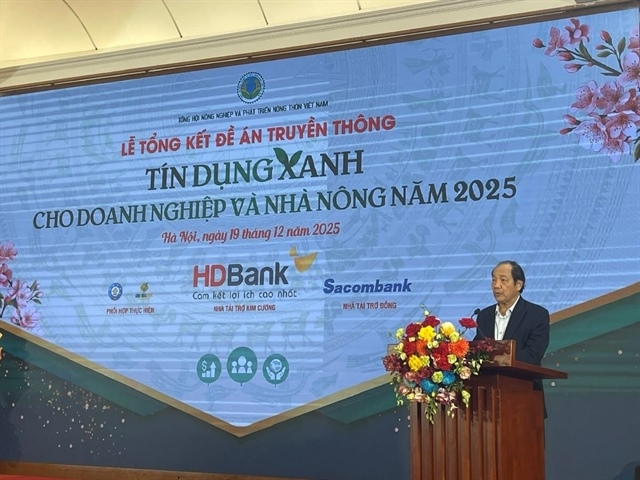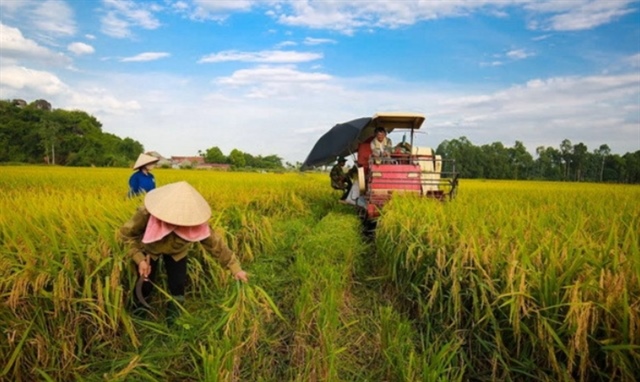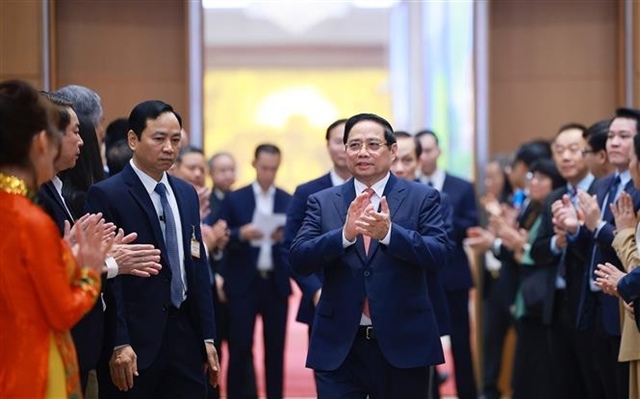Overseas remittance reduces, Vietnam urged to attract foreign currencies from tourism
Overseas remittance reduces, Vietnam urged to attract foreign currencies from tourism
The sharp decline of overseas remittance so far this year has raised a question if overseas remittance continues to play an important source for Vietnam’s foreign currency reserves.

Where does overseas remittance go?
In 2010, with 8.26 billion dollars, Vietnam was the 9th biggest overseas remittance receiver among developing economies.
In 2011, Vietnam received 9 billion dollars in overseas remittance, which helped offset 92 percent of the trade balance.
Overseas remittance has always been playing a very important role in the national economy development. Preliminary statistics show that at least 4.7 billion dollars has been poured into the real estate market.
However, the sum of money remitted to Vietnam by overseas Vietnamese in the first six months of 2012 dropped sharply by 23 percent, signaling a “poor overseas remittance crop” in the whole year 2012.
The decrease of 500 million dollars in overseas remittance to HCM City in the first half of 2012 raised a big worry, thus forcing the city to think of the measures to improve the situation.
People believe that overseas remittance has been helping eliminate hunger and reducing poverty, encourage investment and help increase the education and consumption indexes.
However, some experts have pointed out that overseas remittance does not play a big role in the hunger elimination and poverty reduction, or in the healthcare and education sectors.
Overseas remittance is defined as the money remitted by overseas Vietnamese to their relatives in Vietnam to help the relatives to improve their lives and make investment. That explains why the majority of overseas remittance receivers are well off families, which use the money to buy real estate or make investment.
Official reports show that 52 percent of overseas remittance (9 billion dollars in 2011) has been flowing into the property market.
Meanwhile, the experts have pointed out that the decline in overseas remittance is a foreseeable tendency, which is attributed to the higher number of Vietnamese people settling down in foreign countries.
According to the Ministry of Foreign Affairs, the overseas Vietnamese community has received 4 million new people, working and living in 103 countries and territories.
Vietnam should expect foreign currencies from tourism
As overseas remittance is forecast to decrease, Vietnam should try to attract foreign currencies from other sources, including tourism.
To date, foreign currencies have been flowing to Vietnam through six channels: inbound tourists, foreign direct investment (FDI), borrowing from foreign sources, export turnover and other unofficial channels.
While the FDI, ODA (official development assistance) and export – the three biggest sources of foreign currencies, have been influenced by some reasons, attracting foreign currencies from tourism proves to be the optimal choice.
Overseas remittance source brought 9 billion dollars to Vietnam in 2011, while tourism brought 5.1 billion dollars in the same year. Though the latter source brought less money, experts still believe that in the near future, tourism would be able to attract foreign currencies more effectively than overseas remittance which has become saturated.
While overseas remittance flows to Vietnam to join investment deals for profit and help relatives in a long term, the spending of tourists is to serve short term entertainment demand. Therefore, it is easier to attract foreign currencies from tourism than overseas remittance.
In order to invest in the real estate market, one should have at least tens of thousands of dollars. Meanwhile, he can have a wonderful trip to Vietnam with just some thousands of dollars.
While overseas remittance is sourced from overseas Vietnamese only, the foreign currencies can be brought to Vietnam by all foreigners in the world as well.
vietnamnet


























